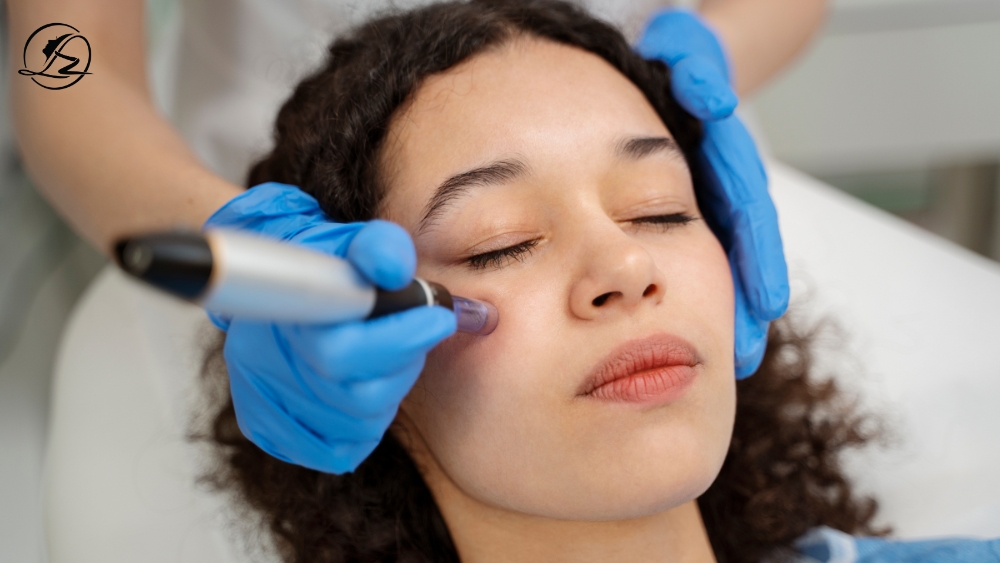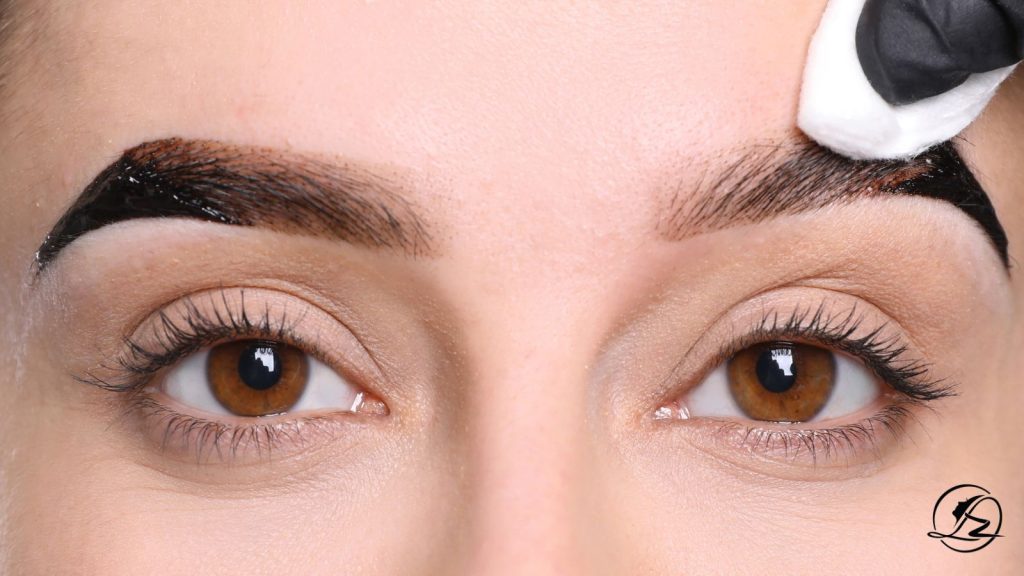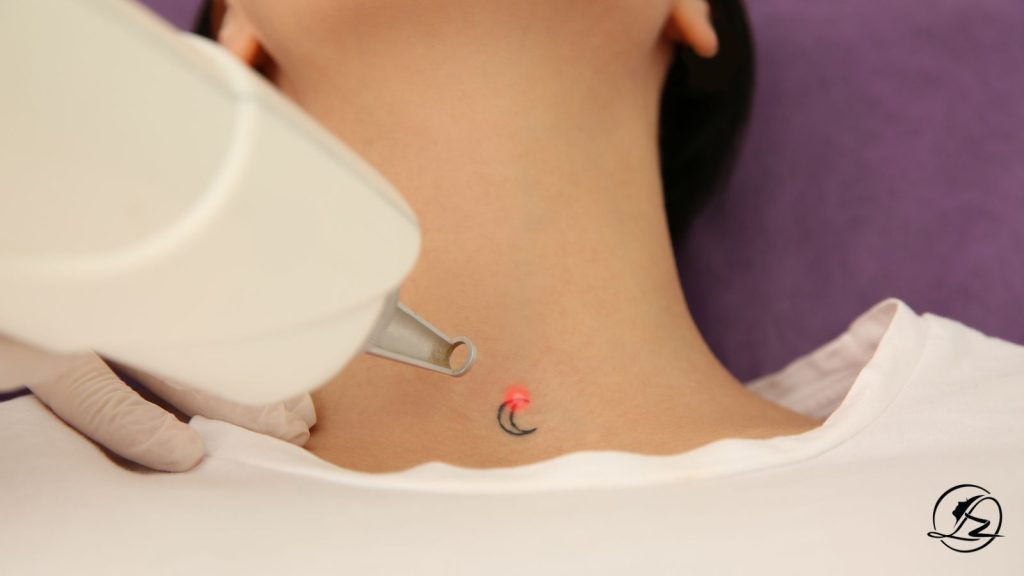Yes, microneedling can reduce fine lines and wrinkles by stimulating collagen production for firmer, smoother skin.
Aging skin is inevitable, but treatments like microneedling offer a non-surgical solution for fine lines and wrinkles. If you’re wondering, “Can microneedling help with fine lines and wrinkles?”—you’re not alone. This minimally invasive procedure has gained popularity for its skin-rejuvenating effects.
In this guide, we’ll cover:
✔ How microneedling works for wrinkles
✔ Scientific evidence supporting its effectiveness
✔ What to expect during and after treatment
✔ How it compares to other anti-aging treatments
✔ Tips for maximizing results
Let’s dive into the details!
Table of Contents
ToggleHow Does Microneedling Work for Fine Lines & Wrinkles?
Microneedling, also called collagen induction therapy, uses tiny needles to create controlled micro-injuries in the skin. This triggers the body’s natural healing process, boosting collagen and elastin production—two proteins essential for youthful skin.
Key Benefits for Wrinkles:
- Stimulates collagen (plumps skin, reducing fine lines)
- Improves skin texture (minimizes crepey skin)
- Enhances product absorption (serums penetrate deeper)
Scientific Evidence: Does Microneedling Really Work?
Studies confirm microneedling’s effectiveness for aging skin:
- A 2018 study in Dermatologic Surgery found microneedling significantly improved fine lines and skin elasticity.
- Research in The Journal of Clinical and Aesthetic Dermatology showed up to 400% collagen increase after multiple sessions.
Best Candidates for Microneedling:
✔ Mild to moderate wrinkles
✔ Uneven skin texture
✔ Shallow acne scars
Not recommended for deep wrinkles or severe sagging (consider RF microneedling or lasers instead).
What to Expect During a Microneedling Treatment
1. Consultation
A dermatologist assesses your skin and customizes needle depth (0.5mm–2.5mm).
2. Procedure Steps:
- Numbing cream applied (minimizes discomfort).
- Device (dermaroller or pen) glides over skin.
- Serum (hyaluronic acid, growth factors) applied post-treatment.
3. Recovery & Downtime:
- Redness/swelling (24–48 hours).
- Peeling/flaking (3–5 days).
- Full results appear after 4–6 weeks (collagen rebuilds gradually).
Microneedling vs. Other Wrinkle Treatments
Treatment | Best For | Downtime | Results Duration |
Microneedling | Fine lines, texture | 2–3 days | 6–12 months |
Botox | Dynamic wrinkles | None | 3–6 months |
Laser Resurfacing | Deep wrinkles | 1–2 weeks | 1–3 years |
Chemical Peels | Surface wrinkles | 3–7 days | 1–6 months |
Microneedling is ideal for those seeking natural collagen stimulation with minimal downtime.
How Many Sessions Are Needed?
- Mild wrinkles: 3–4 sessions (spaced 4–6 weeks apart).
- Moderate wrinkles: 5–6 sessions.
- Maintenance: 1–2 sessions yearly.
Tips to Enhance Microneedling Results
- Use Vitamin C Serum – Boosts collagen and brightens skin.
- Avoid Sun Exposure – UV rays break down collagen.
- Stay Hydrated – Supports skin healing.
- Combine with PRP – Platelet-rich plasma accelerates regeneration.
Potential Side Effects & Risks
- Temporary redness, swelling, or bruising.
- Rare: Infection (if aftercare isn’t followed).
- Avoid if pregnant or prone to keloids.
Conclusion
So, can microneedling help with fine lines and wrinkles? Absolutely! By boosting collagen, it smooths wrinkles and improves skin texture with minimal downtime. For best results, commit to multiple sessions and follow aftercare diligently.
Ready to rejuvenate your skin? Book a consultation with a certified provider today!
FAQ Section
How soon will I see results after microneedling?
Initial glow appears in 1–2 weeks, but collagen remodeling peaks at 4–6 weeks.
Is microneedling painful?
Most patients report mild discomfort (numbing cream is used).
Can microneedling make wrinkles worse?
No, when done correctly, it improves wrinkles. Poor aftercare may cause irritation.
Can I do microneedling at home?
DIY rollers (0.25mm needles) offer mild benefits, but professional treatments are far more effective.
How long do microneedling results last?
Results persist 6–12 months; maintenance sessions prolong effects.



